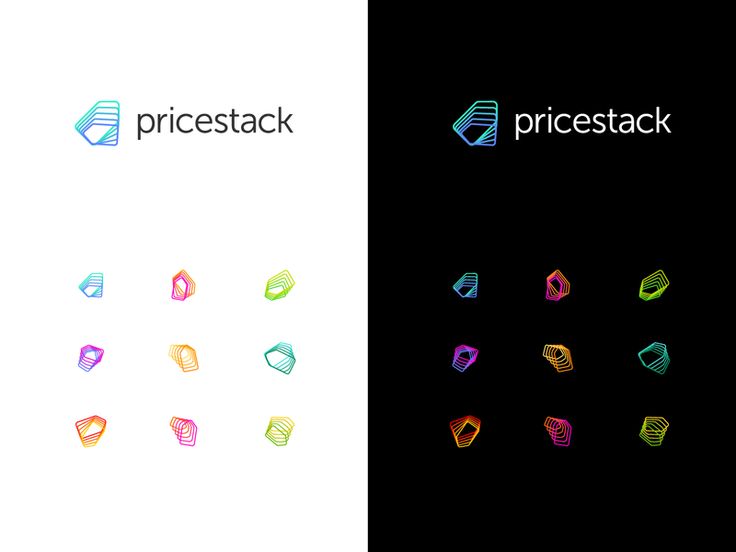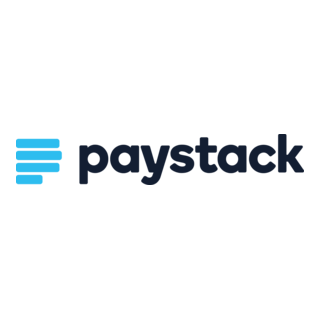
Pricestack: Complete Buyer's Guide
Shopify-native AI pricing optimization platform
Pricestack is a Shopify-native AI pricing optimization platform that transforms how direct-to-consumer brands maximize revenue through intelligent price adjustments based on first-party customer data analysis.
Market Position & Maturity
Market Standing
Pricestack occupies a specialized market position within the AI pricing optimization landscape, deliberately focusing on Shopify-native merchants rather than competing across multiple ecommerce platforms[42][48].
Company Maturity
The platform's maturity indicators include established integration with Shopify's app ecosystem and documented implementation methodologies, though public information about company scale, funding status, or growth metrics remains limited[42][47].
Strategic Partnerships
Strategic partnerships center on Shopify ecosystem integration, with the platform's native approach providing technical advantages within this specific environment[42][48].
Longevity Assessment
Long-term viability depends heavily on Shopify's ecosystem growth and the platform's ability to maintain technical integration advantages as the market evolves. The specialized positioning provides competitive protection within its niche but may limit growth opportunities compared to platform-agnostic alternatives[38][43][48].
Proof of Capabilities
Customer Evidence
Smoke Cartel Case Study provides the most comprehensive evidence of Pricestack's optimization capabilities through controlled testing methodology. Over a seven-week period, price-optimized products achieved 175% revenue growth per view compared to 69% for control groups, demonstrating substantial performance differential under controlled conditions[50].
Market Validation
Market validation through Shopify's app ecosystem integration demonstrates technical competency and platform stability, with the native integration approach providing deployment advantages over solutions requiring custom API development[42][48].
AI Technology
Pricestack's AI methodology centers on proprietary algorithms that analyze cross-product relationships and price elasticity patterns using historical sales data, customer behavior patterns, and product relationship mapping[42][49].
Architecture
The system's architecture integrates directly with Shopify's native data structures, accessing cost-of-goods-sold (COGS) information to ensure pricing recommendations maintain profit margins while maximizing revenue potential[42][49].
Primary Competitors
Primary competitors include enterprise solutions like Pricefx and PROS that offer comprehensive pricing optimization but require 4-6 month implementations and extensive technical integration[19][27][30].
Competitive Advantages
Competitive advantages center on Shopify-native integration enabling rapid deployment, first-party data analysis providing compliance benefits, and transparent algorithmic recommendations addressing 'black box' concerns[42][48][49].
Market Positioning
Market positioning reflects deliberate specialization rather than broad market coverage, with the platform's Shopify focus providing technical advantages within this specific ecosystem while limiting addressable market scope[42][48].
Win/Loss Scenarios
Win/loss scenarios favor Pricestack when merchants prioritize rapid deployment, Shopify-native integration, and first-party data analysis over comprehensive enterprise features. The platform loses against alternatives when merchants require multi-platform support, extensive competitive intelligence, or complex B2B pricing structures[38][43][48].
Key Features

Pros & Cons
Use Cases
Integrations
Featured In Articles
Comprehensive analysis of Pricing Optimization for Ecommerce for Ecommerce businesses and online retailers. Expert evaluation of features, pricing, and implementation.
How We Researched This Guide
About This Guide: This comprehensive analysis is based on extensive competitive intelligence and real-world implementation data from leading AI vendors. StayModern updates this guide quarterly to reflect market developments and vendor performance changes.
51+ verified sources per analysis including official documentation, customer reviews, analyst reports, and industry publications.
- • Vendor documentation & whitepapers
- • Customer testimonials & case studies
- • Third-party analyst assessments
- • Industry benchmarking reports
Standardized assessment framework across 8 key dimensions for objective comparison.
- • Technology capabilities & architecture
- • Market position & customer evidence
- • Implementation experience & support
- • Pricing value & competitive position
Research is refreshed every 90 days to capture market changes and new vendor capabilities.
- • New product releases & features
- • Market positioning changes
- • Customer feedback integration
- • Competitive landscape shifts
Every claim is source-linked with direct citations to original materials for verification.
- • Clickable citation links
- • Original source attribution
- • Date stamps for currency
- • Quality score validation
Analysis follows systematic research protocols with consistent evaluation frameworks.
- • Standardized assessment criteria
- • Multi-source verification process
- • Consistent evaluation methodology
- • Quality assurance protocols
Buyer-focused analysis with transparent methodology and factual accuracy commitment.
- • Objective comparative analysis
- • Transparent research methodology
- • Factual accuracy commitment
- • Continuous quality improvement
Quality Commitment: If you find any inaccuracies in our analysis on this page, please contact us at research@staymodern.ai. We're committed to maintaining the highest standards of research integrity and will investigate and correct any issues promptly.